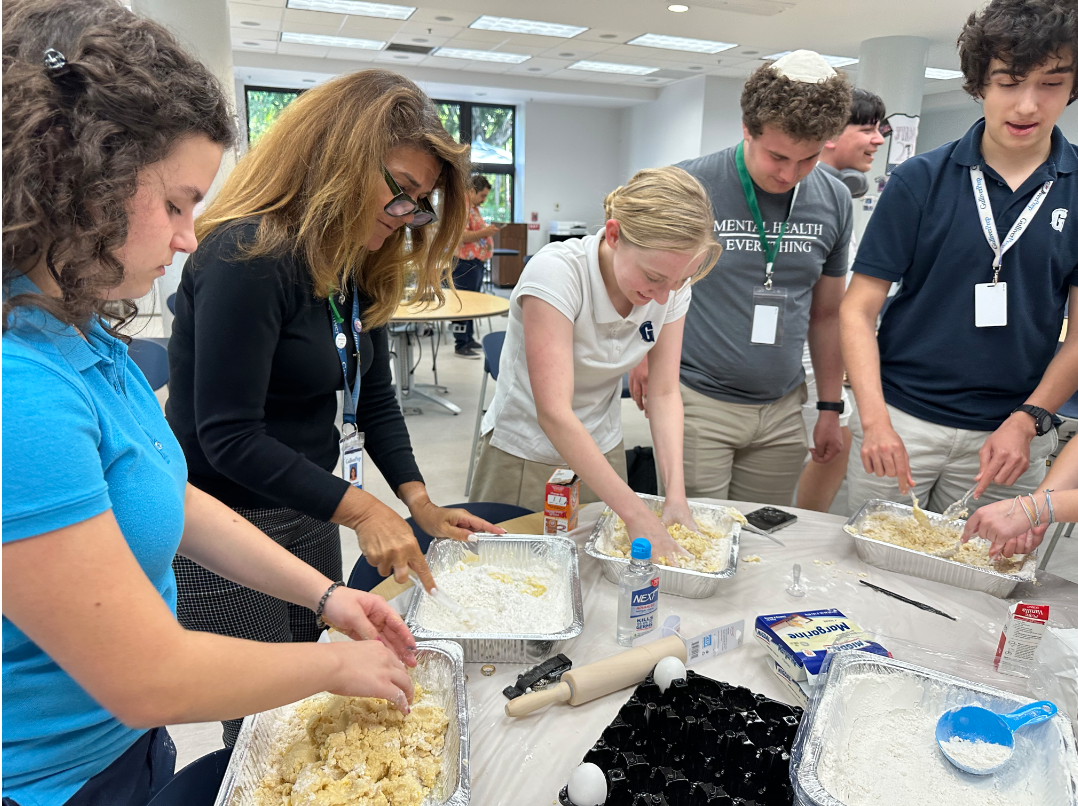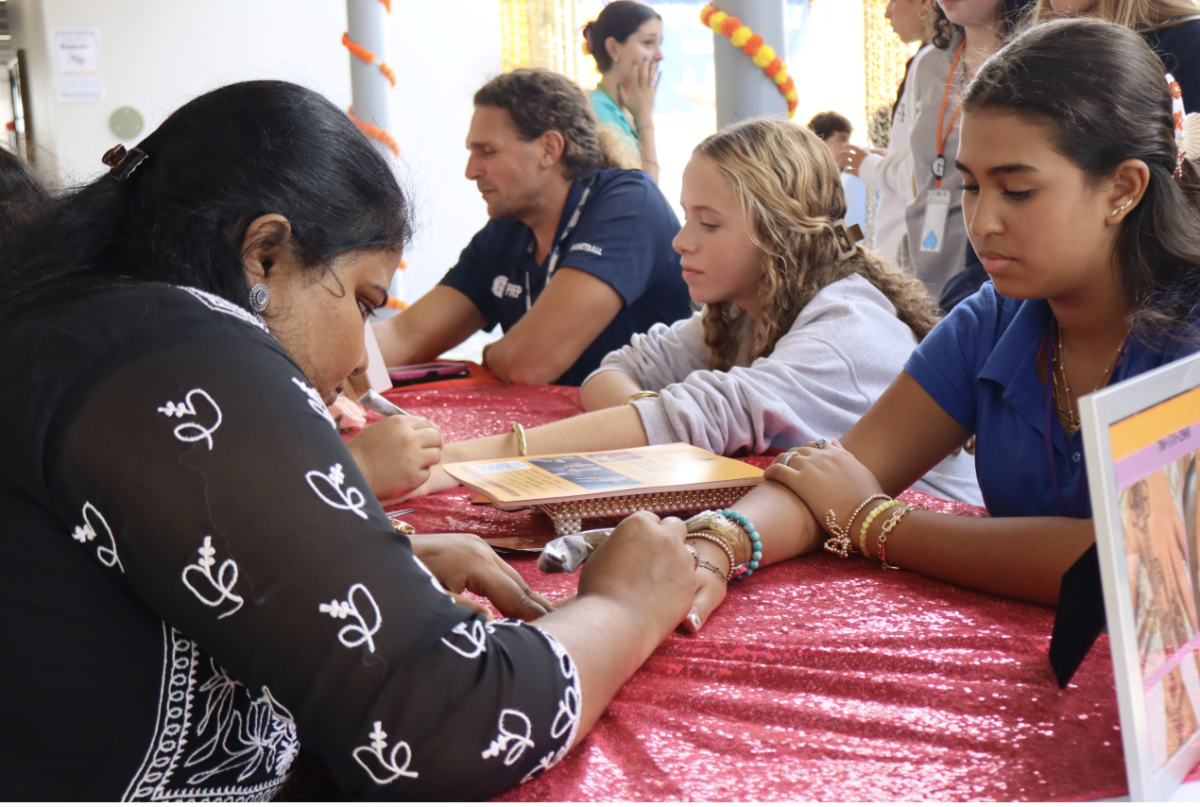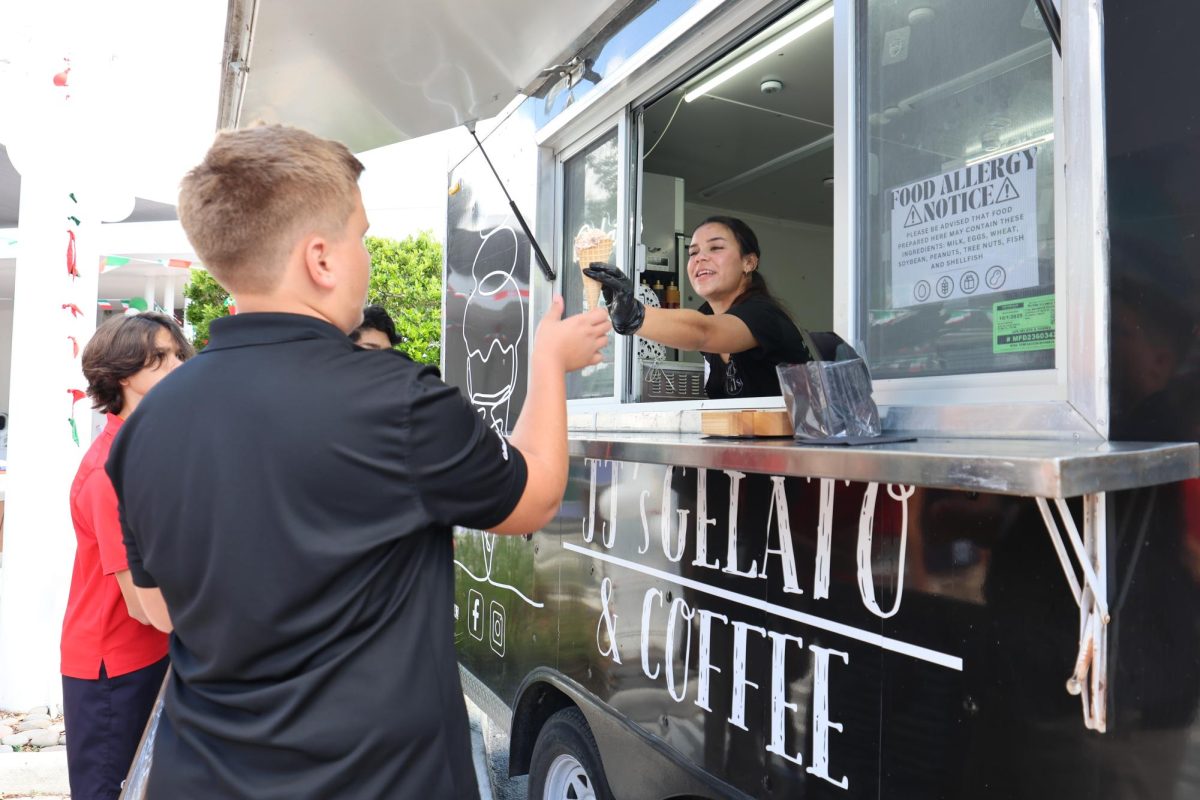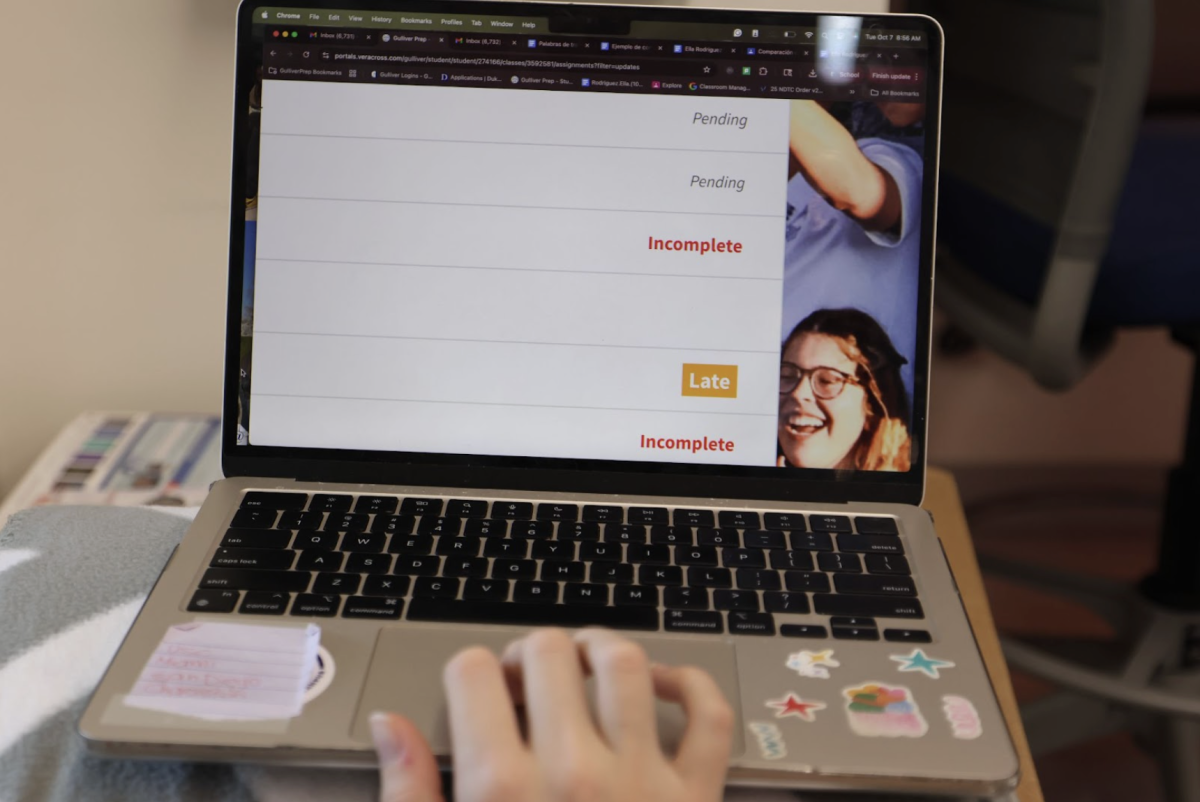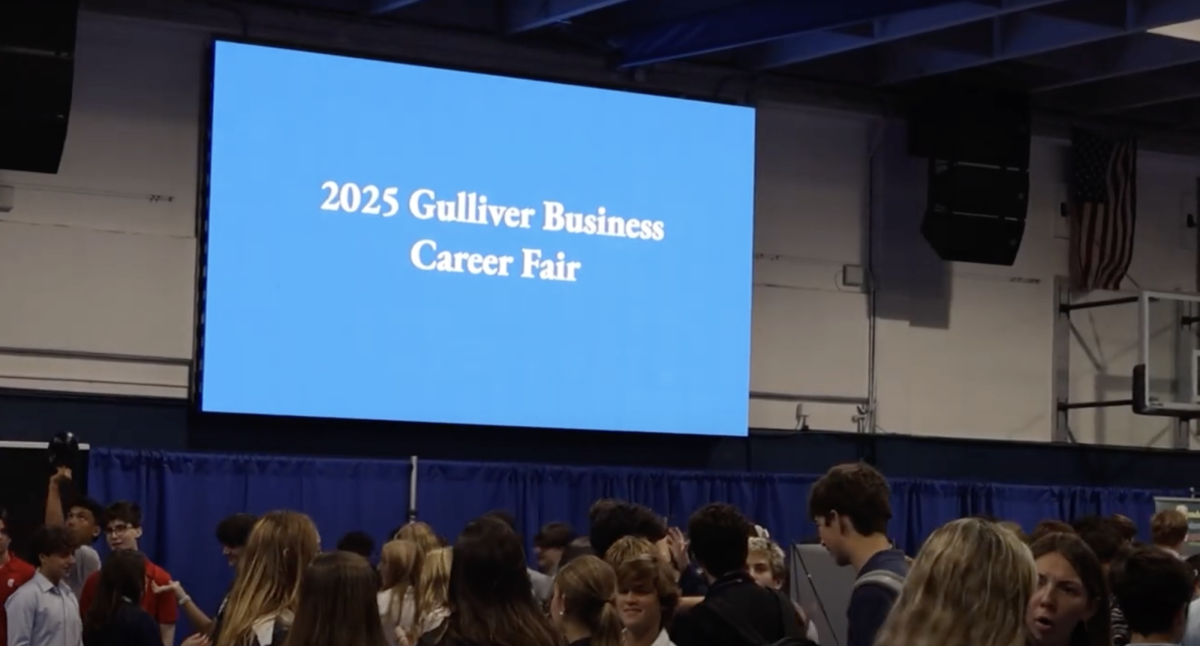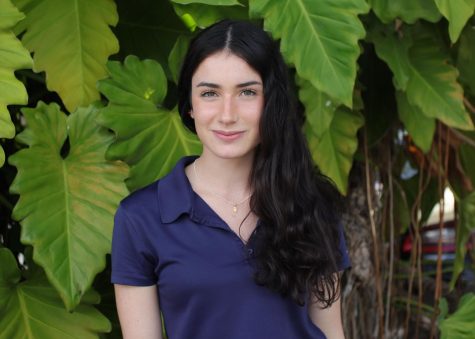Service, academic, and leisure clubs are currently under review by the Activities Office to ensure participation and involvement, and avoid redundancy. As a result, some clubs with similar objectives may be combined, and those with low participation or membership may be dissolved, according to Activities Director, Celina Sosa.
ŌĆ£The need for the merging of clubs is that there are too many clubs in this school so what students donŌĆÖt realize is that there are not enough sponsors or students to actually have these clubs work,ŌĆØ Sosa said.┬Ā
According to Sosa, the need to combine clubs also correlates to attrition of students and lack of ┬Āinvolvement.┬Ā
ŌĆ£You have what is called natural attrition of students meaning that if you start a club and another person starts a club, and then another, then there are like five clubs of the same thing. There are never going to be enough members for it to work or for it to actually grow into something,ŌĆØ Sosa stated.┬Ā
Many clubs experience this issue when trying to gather students for club meetings and projects. This is especially true for Kate Cooper, the Vice President of The Key Club.┬Ā
ŌĆ£Last year we had a huge problem because although we had 50-70 people sign up during Club Rush, only ten to 15 students would show up for meetings and events,ŌĆØ Cooper said.┬Ā
In an effort to fix this problem, Sosa embedded some of the smaller service clubs on campus under two main service clubs: Key Club, which focuses on local service projects, and Interact Club, which focuses on international service projects. ┬ĀCooper is excited about the opportunities this will bring.┬Ā┬Ā
ŌĆ£Now we are going to have a lot of service projects because of the merging of clubs such as G-Paws, Operation Smiles, and Best Buddies with the Key Club. There will be a lot more opportunities for students to appear and show up for events,ŌĆØ Cooper said.┬Ā
However, other students hope that their clubs will remain intact. ┬Ā
ŌĆ£I want my club to be very united and to be able to do things that only pertain to the club and not other clubs. I think it is important for each club to have its own identity.ŌĆØ Fernanda Mazariegos, president of the service club Achieve Miami said.┬Ā
For now, only Key Club has absorbed several clubs with similar objectives, however, Sosa will continue her review of all clubs throughout the next few months, looking for ┬Āpotential opportunities to combine with others or determine if participation is low. According to Sosa, inactive clubs that are not benefitting the community may be dissolved. Also, any club applications submitted after Club Rush will be considered for next school year. ┬Ā
ŌĆ£If [students] did not apply by Club Rush I am not accepting any new club applications,ŌĆØ Sosa said. ŌĆ£At the end of the year, I will make a decision [on new applications], so students will know during the summer whether their club has been added or not for next year.ŌĆØ┬Ā

